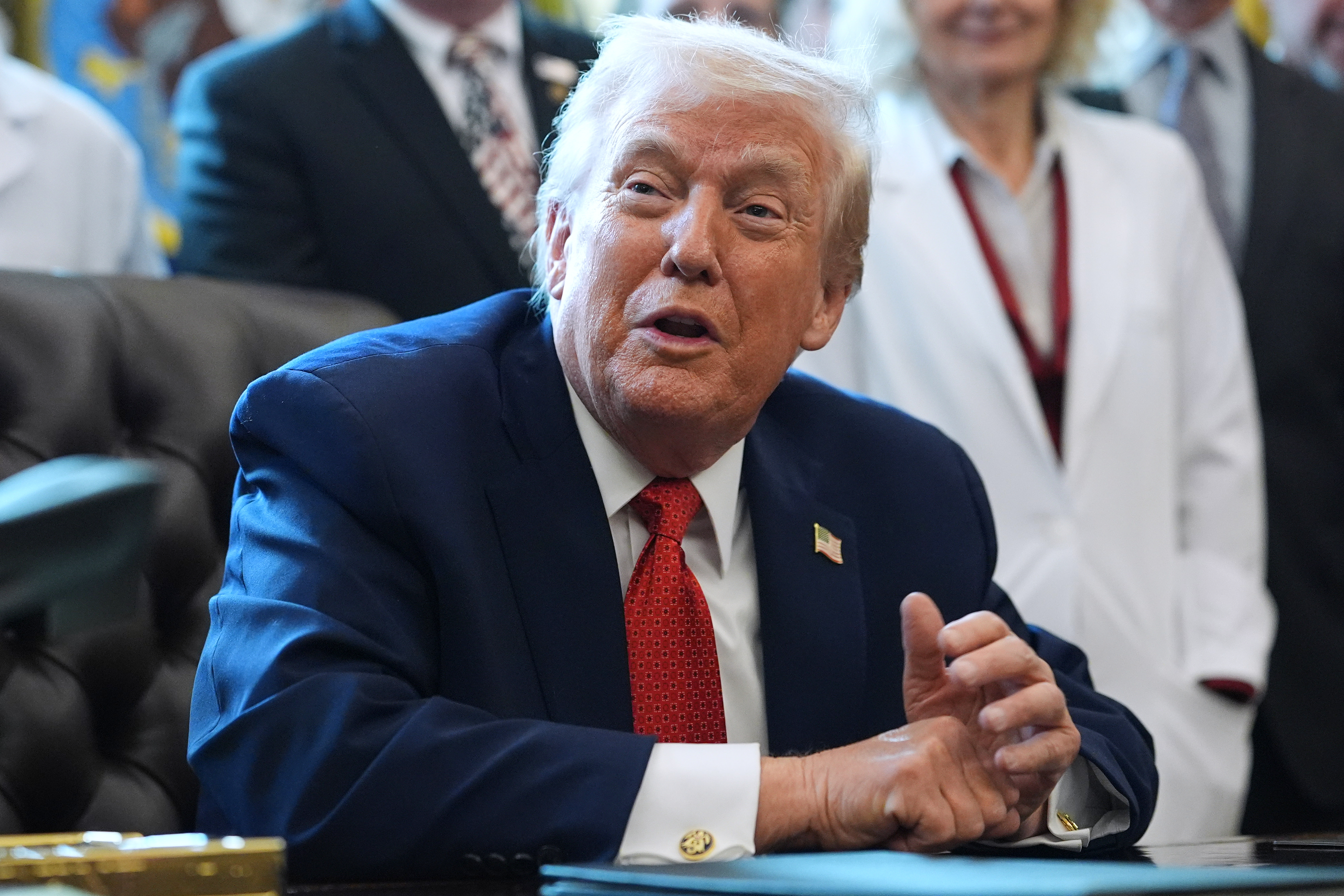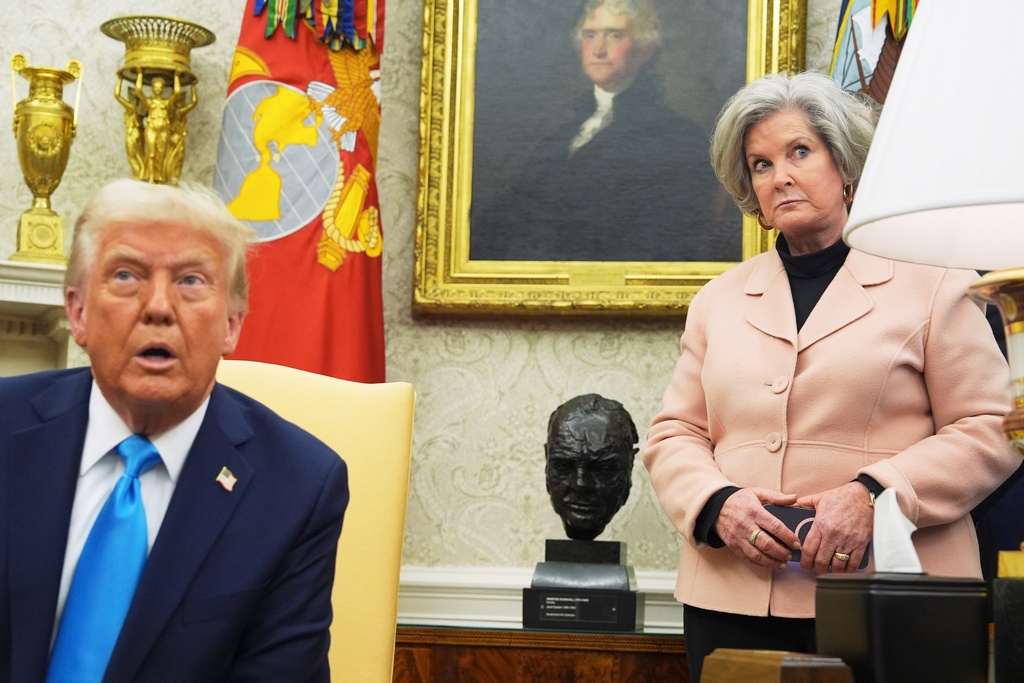Republicans make up the majority in both the House and the Senate, but that may change. As we inch closer to the midterm elections this November, the Asian-American and Pacific Islander, or AAPI, demographic could make a difference.
The AAPI population has been growing in the South and in the suburbs, and that could impact voting results. AAPIs make up about 6 percent of the U.S. population. Even though the demographic is smaller in size than whites, Hispanics and blacks, Asians are the fastest-growing minority group.
Alton Wang is the assistant director of AAPI Data, which studies and provides demographic information on Asian-Americans and Pacific Islanders.
"The fastest-growing Asian-American communities are happening in states across the South, including Georgia, where the Asian-American population has grown more than 130 percent since 2000, or Florida, where the community has grown more than 110 percent since 2000. We're seeing a doubling of these communities in the last decade," Wang said.
The growing Asian-American population is especially significant in swing states like Virginia. And the population is growing five times faster in suburbs than cities. Why is this important? Some experts are calling the suburbs the "central battleground of American politics" because the majority of the electorate lives there.
According to APIAVote, about two-thirds of Asian-Americans with a party affiliation identify as Democrats. Wang said 40 percent of Asian-Americans identify as Democrats, about 16 percent identify as Republicans and more than 40 percent are undecided or are independent. A 2016 survey also mentioned AAPIs overall don't support candidates with anti-immigrant as well as anti-Muslim rhetoric.
"The majority of our communities are immigrant communities," Wang said. "There's a significant overlap between Asian-American communities and Muslim communities, literal overlaps where Asian-Americans are Muslim, too. ... Our communities really do care about these issues because it presents who we are."
Despite the population increase, Asian-American voter turnout remains low. Wang said it's due to lack of access to polls, language barriers and lack of engagement among politicians. Asian-American votes may be tough to ignore as AAPIs demographic have the highest median income — which makes them viable campaign donors.
"We're talking about communities that have not just significant growth in our population, but also significant growth in a share of our electorate," Wang said. "So it's really important for us to really re-emphasize and be more active in engaging these elected officials."




 Trump Isn't Concerned Russia Will Influence 2018 Midterm Elections
Trump Isn't Concerned Russia Will Influence 2018 Midterm Elections Students Register Voters At March For Our Lives
Students Register Voters At March For Our Lives






